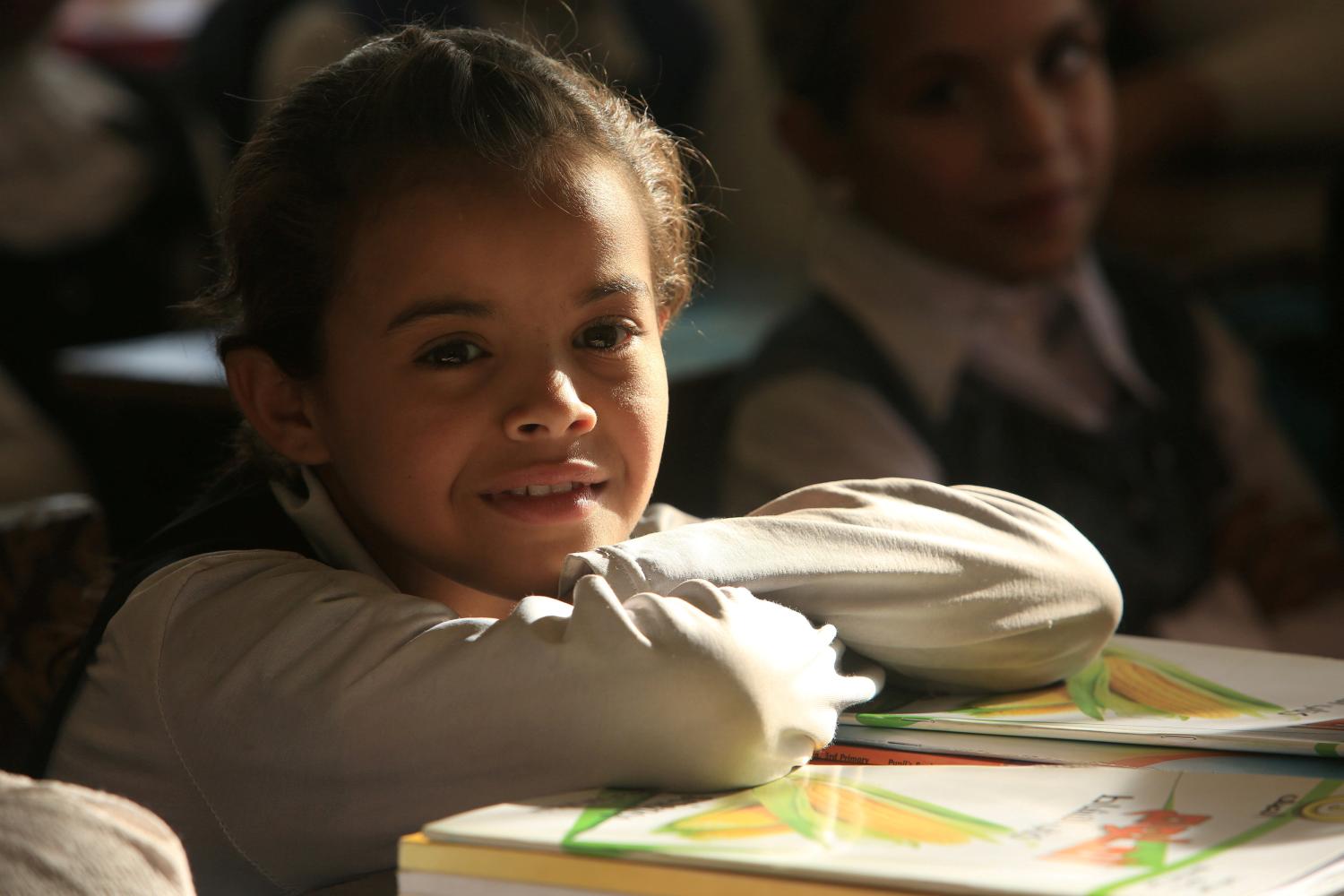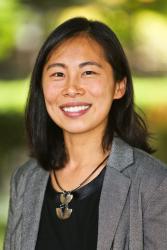On International Day of the Girl 2018, girls’ education leaders from around the world, including the Echidna Global Scholars and Alumni at Brookings, will be tuning in for the much-anticipated launch of the Obama Foundation’s Global Girls Alliance. This launch has significance on two fronts: 1) It marks the official return of one of the girls’ education ecosystem’s most visible global champions, Michelle Obama, and 2) it marks a shift in how local grassroots champions of girls’ education interface with the global community, and vice versa.
How will Mrs. Obama’s presence influence action and investment in girls’ education?
After the Obamas left the White House in January 2017, and after the Trump administration’s abrupt and confusing cessation of Mrs. Obama’s widely popular Let Girls Learn initiative four months later, the girls’ education ecosystem experienced a disorienting disappearance in leadership. Local and global actors tied to U.S.-based development aid programs likely experienced this pullout most acutely; after all, it came amid a domino effect of U.S. withdrawals on multiple fronts, including from the Paris Agreement in June 2017.
Other global actors have since stepped into the spotlight, including French President Emmanuel Macron, Canadian Prime Minister Justin Trudeau, and UK Prime Minister Theresa May. At the UN General Assembly last month, these global leaders galvanized political will for and investment in girls’ education, bringing to the table Norwegian Prime Minister Erna Solberg, among others. There is no doubt Mrs. Obama’s Let Girls Learn initiative played an important role three years ago in sparking geopolitical attention to girls’ education. Her public return to this space reaffirms the political stakes at risk should global leaders fail to reverse the current statistic of the 130 million girls missing out on a primary and secondary education.
But this time, in keeping with her previous work in bringing new actors—big and small, corporate and nonprofit—to girls’ education, Mrs. Obama’s return promises to create space for civic action, youth and community leadership, and investment by everyday citizens in the education of marginalized girls globally. With her and the Obama Foundation’s mission to connect local girls’ education leaders to each other and to lift up the inspiring voices of girls themselves, the girls’ education ecosystem will remain anchored to the individuals whom global political momentum aims to empower.
How will the work of local leaders in girls’ education change?
The Center for Universal Education (CUE) at Brookings is proud to have led the research and design behind the Global Girls Alliance. Drawing from consultations from more than 150 local girls’ education leaders in over 20 countries, the network was designed to support leaders in developing countries to catalyze change in girls’ education.
This means supporting leaders in gaining access to technical knowledge, best practices, and financial support to increase their capacity to deliver girls’ education programming more efficiently. It also means increasing their capacity to communicate more effectively their program’s impact on girls to local and national policymakers, decisionmakers, and donors. But most importantly, supporting leaders means providing them with the socio-emotional support to do what can be incredibly lonely, emotionally challenging, and sometimes physically dangerous work advocating for girls’ right to education in the face of patriarchy, discriminatory gender norms, and life-threatening gender practices against girls and women. The launch of the Global Girls Alliance will not only help to connect girls’ education leaders to each other nationally, regionally, and globally; but will also provide much-needed cheerleading in a space where the fruits of one’s labor may not be seen for years to come.
At CUE, we understand the importance of supporting local leaders in girls’ education—in fact, Mrs. Obama gave the 2014 keynote address at our Girls’ Education Research and Policy Symposium about how local leadership and community-based solutions can help advance girls’ education across the world. Local leaders not only understand the community context and realities, but also how to best leverage local assets, politics, and resources for transformative and sustainable social and policy change for girls. The Echidna Global Scholars Program, a visiting fellowship at CUE where scholars pursue research on global girls’ education issues, represents a microcosm of what the Global Girls Alliance can achieve in creating a global network of girls’ education leaders equipped with the technical tools and leadership skills to effect change and improve girls’ lives. To name just one example, Christine Apiot Okudi—a former Echidna Global Scholar from Uganda and current Global Girls Alliance member—has been working with community- and government-level stakeholders to develop policies that better support the training and implementation of senior women teachers—a key member of the Ugandan teacher workforce responsible for ensuring girls’ strategic gender needs are met.
At the time of writing, the Global Girls Alliance includes nearly 1,500 members; after the launch, its membership will only increase. With Mrs. Obama’s global visibility and the Obama Foundation’s work to empower civic leaders, this network will no doubt be a milestone in the short history of girls’ education.
The Brookings Institution is committed to quality, independence, and impact.
We are supported by a diverse array of funders. In line with our values and policies, each Brookings publication represents the sole views of its author(s).






Commentary
A global moment for local champions of girls’ education
October 11, 2018